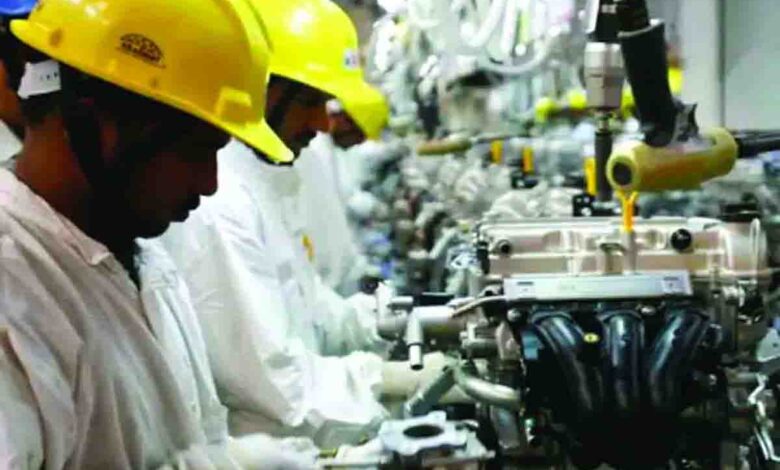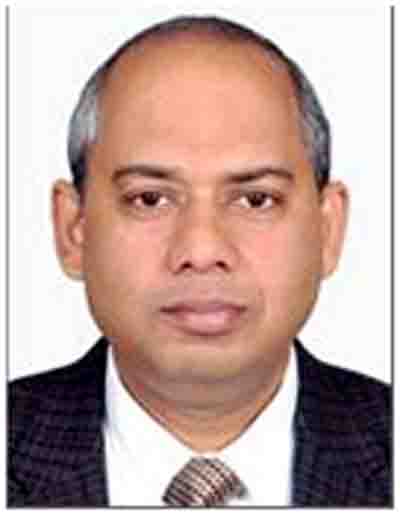Reorganising technical education for overall good

Monday, 03 April 2023 | Onkar Singh
GUEST COLUMN
 Onkar Singh
Onkar Singh
Currently, the country’s technical education requirements are catered by 8,918 approved institutions with an intake of 30,09,873 out of which the intake in diploma, undergraduate (UG) and postgraduate (PG) programmes are 10,01,867, 13,46,872, and 5,85,878 respectively as per statistics of All India Council for Technical Education (AICTE) for 2022-23. The actual numbers will be more than these due to certain programmes not falling in the ambit of AICTE approval. The programme-wise intake shows that 78.8 per cent of approved intake is in engineering and technology followed by 14.03 per cent in management and the remaining is in programmes of pharmacy, architecture, computer application, hotel management and catering technology, applied arts and crafts, and design. Going by the type of institutions, it is evident that the present technical education is predominantly offered through private self-financed institutions sector with 74.4 per cent of intake i.e. 22,45,234 in 6,408 institutions approved by AICTE and the share of government/government-funded institutions is declining day by day. The statistics point to the keen interest of society in undergraduate programmes of technical education with a maximum share of engineering & technology programmes. At the same time, there are reports showing a sizeable number of seats remaining unfilled and a majority of students seeking admissions in computer science and its disciplines. Undoubtedly the frequent ups and downs depending upon the employment scenario are understandable, but the minuscule numbers pursuing the rest of the programmes in engineering and technology such as civil, mechanical, electrical, chemical, etc. call for introspection. Every discipline of study has its role in the sustenance and upgradation of civilisation. The clustering of human competencies in select domains will culminate in the imbalance in the availability of the best minds in all disciplines and sever the holistic development and use of technology.
The prima facie reason for the massive expansion in the intake of computer and IT education is the consequence of the growing share of the service sector economy. Nevertheless, the ensuing industry 4.0 revolution is focussing on the development of cyber-physical systems, but the jobs from non-computer domains are not growing commensurately. The decline in the share of the manufacturing sector appears to be affecting the demand for trained personnel from core disciplines of engineering and technology which may have implications in due course of time.
The prima facie reason for the massive expansion in the intake of computer and IT education is the consequence of the growing share of the service sector economy. Nevertheless, the ensuing industry 4.0 revolution is focussing on the development of cyber-physical systems, but the jobs from non-computer domains are not growing commensurately. The decline in the share of the manufacturing sector appears to be affecting the demand for trained personnel from core disciplines of engineering and technology which may have implications in due course of time.It calls for interventions from all concerned to invigorate the technical human resource for harnessing their creativity for undertaking manufacturing activities through micro, small and medium enterprises. The initiatives like Make in India have tried to underline the relevance of manufacturing for indigenisation to reduce import bills along with strengthening export in the country. There has been a lot of thrust on motivating the younger generation for setting up startups and becoming successful entrepreneurs. The fast pervading startup culture is also found to be influenced by the preponderance of the service sector as the majority of Indian unicorns are from service sectors such as e-commerce, edutech, fintech, healthtech, gaming, logistic services, consulting, analytic services, web application development,etc. It may be attributed to the ease behind starting such enterprises due to less capital requirement, the larger role of intellectual prowess, the capability of digital technology in offering solutions, ease of availability of trained human resources, white collared nature of jobs, and community’s demand for conveniences in day to day life. This may continue at the same pace till web enabling and digitalisation of processes and activities attains a level of maturity. The integration of digital technology in physical systems has taken off but it may take a lot of time to penetrate in all types of systems including the manufacturing and agriculture sector. This essentially requires nucleating young minds with a strong commitment to harnessing their brilliance and capabilities in seeking solutions to the problems and challenges faced by humanity. Unequivocally, the solution to every problem whether big or small can not be arrived at without the amalgamation of different knowledge streams and the role of technical education becomes critical in pooling them. The wide base of technical education must be enriched with multi-disciplinary competencies for sustainable development. For example, the creation, augmentation and refurbishment of civil infrastructure is not possible in the absence of good-quality professionals from civil engineering, electrical engineering, mechanical engineering, etc. Nevertheless, after the creation of facilities, there could be integration of digital technology in making processes and deliveries efficacious and time-bound. This makes it clear that mutual inclusiveness of all disciplines of technical education is inexorable and this can not be accomplished without roping in the academic world.
The National Education Policy 2020 has paved the way for multidisciplinary education and the concept of a major degree with minor specialisation at UG and PG levels is satiating the desire of students to prepare themselves with core competence in certain broad domains along with specialization in chosen minor domains. Today, there are a number of variants of degrees in engineering and technology through minors in selected interdisciplinary disciplines. To understand, let us take the example of a mechanical engineer of today who ought to have core strength in the mechanical engineering domain but has the option to specialise in a certain minor domain of incumbent’s interest and prospective employment like artificial intelligence, data science, cyber security, blockchain technology, internet of things, machine learning, cyber security, etc. Similarly, other core engineering disciplines also have the potential to offer combinations of major and minor as per the prevailing job opportunities. It is quite possible that someone having a minor in any of the specialisations shown above has ample job opportunities at the current time, but the same may not be there in future. In such difficult times, a major degree in any core discipline will act as a saviour and secure new employment in the concerned major domain. The paradigm change in offering UG degrees with major and minor has opened up new vistas of opportunities for having multiple competencies and getting geared up for changing times. This kind of possession of multiple technical capabilities is becoming a new normal. Technical education students should choose major and minor specialisations as per their interests and employment opportunities for maximising their utility of education in multiple areas. Howbeit, the multidisciplinary nature of any programme burdens the institutions to arrange for specialised training for offering minor which is a bit difficult but not impossible with the availability of online web based learning platforms. At the same time, care must be taken so that the core competencies are not weak in the respective major domains while pursuing minor specialisation simultaneously. Let there be no situation symbolising a person as jack of all and master of none.
(The author is the vice chancellor of Veer Madho Singh Bhandari Uttarakhand Technical University, Dehradun. Views expressed are personal)






